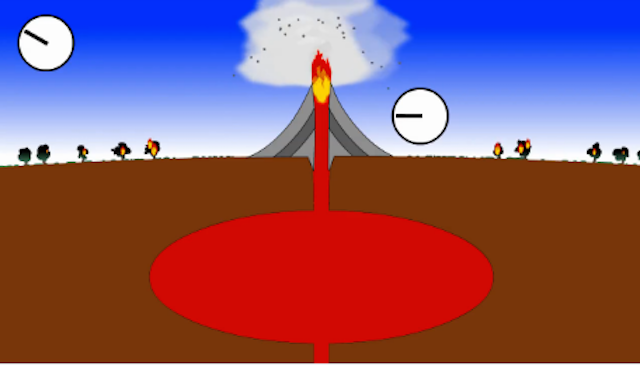OF THE
TIMES
Briefly stated, the Gell-Mann Amnesia effect is as follows. You open the newspaper to an article on some subject you know well... You read the article and see the journalist has absolutely no understanding of either the facts or the issues. Often, the article is so wrong it actually presents the story backward—reversing cause and effect...
In any case, you read with exasperation or amusement the multiple errors in a story, and then turn the page to national or international affairs, and read as if the rest of the newspaper was somehow more accurate about Palestine than the baloney you just read. You turn the page, and forget what you know.
'German and French Soldiers Entered Battle Near CHASIV YAR and Suffered Heavy LOSSES' [Link] . 'Russia Warns It Can Hit UK's Military "Beyond"...
Russia should just expel any diplomats from hostile countries. Like what good are they anyway? All they pedal is Lies and deceit.
It offends me that anyone should try to force me to change my use of the English language! They clearly don't know that it is the way one uses the...
Whatever China does, the US will not like it and complain - to no avail. China, like the rest of the world, is fed up with the US' bullying,...
In a democracy you silent the non government sanctioned media. It's called freedom of press. The press is free to only spread a desired narrative....
To submit an article for publication, see our Submission Guidelines
Reader comments do not necessarily reflect the views of the volunteers, editors, and directors of SOTT.net or the Quantum Future Group.
Some icons on this site were created by: Afterglow, Aha-Soft, AntialiasFactory, artdesigner.lv, Artura, DailyOverview, Everaldo, GraphicsFuel, IconFactory, Iconka, IconShock, Icons-Land, i-love-icons, KDE-look.org, Klukeart, mugenb16, Map Icons Collection, PetshopBoxStudio, VisualPharm, wbeiruti, WebIconset
Powered by PikaJS 🐁 and In·Site
Original content © 2002-2024 by Sott.net/Signs of the Times. See: FAIR USE NOTICE

Reader Comments
to our Newsletter